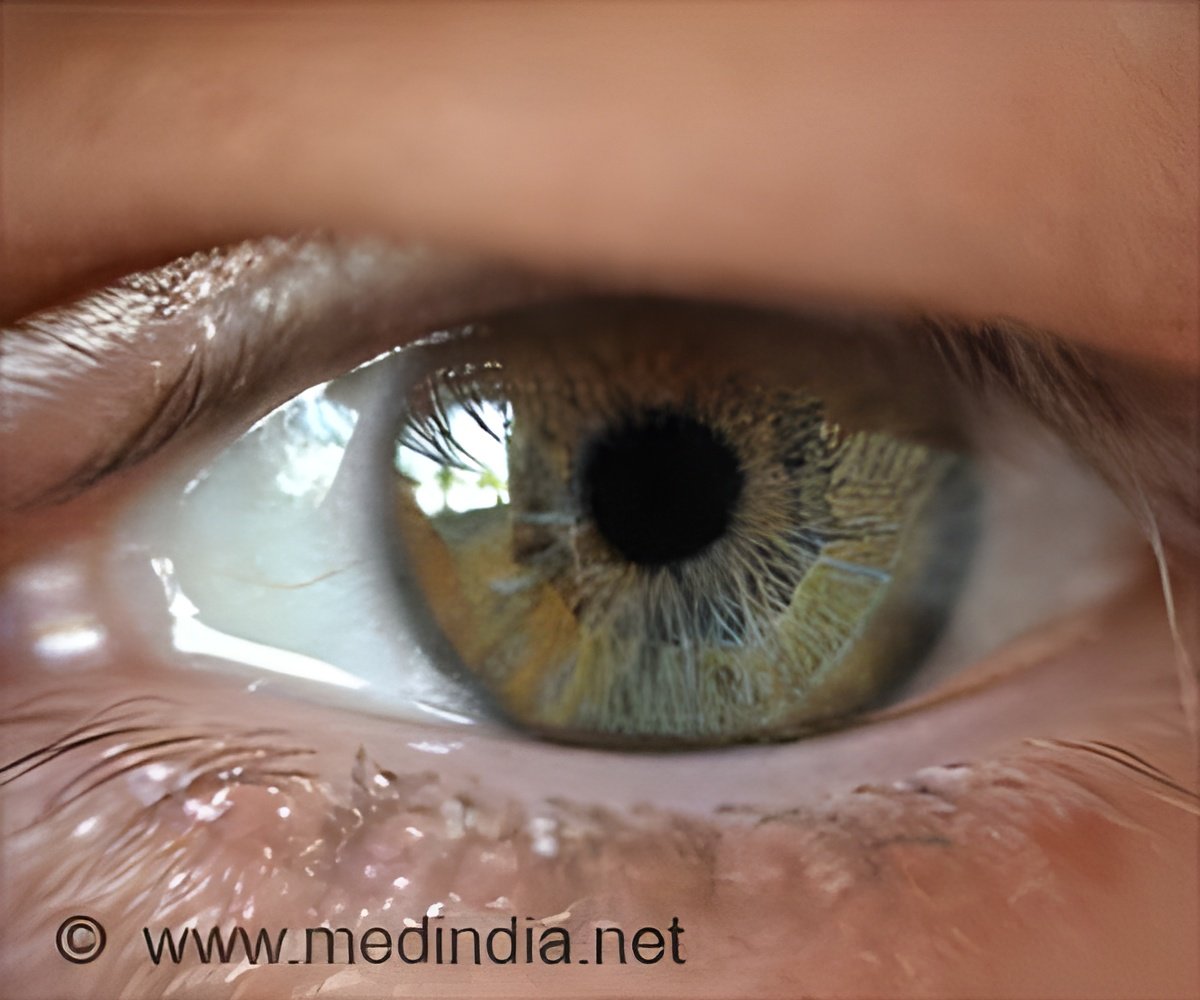Hallucinations (see or hear things that others do not) are common in psychosis along with strongly held beliefs, or delusions, even when most people do not believe them. Diagnosis typically is made in later adolescence and early adulthood, but most often symptoms begin to manifest in the teen years.
‘Development of psychosis is associated with the subtle differences in the shape of the brain that are present in adolescence. This contributes to on-going efforts to develop a cumulative risk score for psychosis that would allow for earlier detection and treatment, as well as targeted therapies.’
The present discovery was made with the largest-ever pooling of brain scans in children and young adults determined by psychiatric assessment to be at high risk of developing psychosis. This contributes to on-going efforts to develop a cumulative risk score for psychosis that would allow for earlier detection and treatment, as well as targeted therapies.
Brain Development and Psychosis
“These results were, in a sense, sobering. On the one hand, our data set includes 600% more high-risk youth who developed psychosis than any existing study, allowing us to see statistically significant results in brain structure. But the variance between whether or not a high-risk youth develops psychosis is so small that it would be impossible to see a difference at the individual level. More work is needed for our findings to be translated into clinical care,” says Maria Jalbrzikowski, Ph.D., assistant professor of psychiatry at Pitt.
The study team pooled structural magnetic resonance imaging (MRI) scans from 3,169 volunteer participants at an average age of 21 who were recruited at 31 different institutions. About 1,792 (half) of the participants had been determined to be at “clinical high risk for developing psychosis.”
Among the high-risk participants, 253 went on to develop psychosis within two years. It was found that those at high risk for psychosis had widespread lower cortical thickness, a measure of the thickness of the brain’s gray matter. In high-risk youth who later developed psychosis, a thinner cortex was most pronounced in several temporal and frontal regions.
Generally, the cortical thinning process occurs as an individual develops into an adult, but the study found that in younger participants between 12 and 16 years old who developed psychosis the thinning was already present. These high-risk youth who developed psychosis also progressed at a slower rate than in the control group.
“We don’t yet know exactly what this means, but adolescence is a critical time in a child’s life–it’s a time of opportunity to take risks and explore, but also a period of vulnerability. We could be seeing the result of something that happened even earlier in brain development but only begins to influence behavior during this developmental stage,” says Jalbrzikowski, Ph.D., assistant professor in the School of Mental Health and Neuroscience at Maastricht University.
The present study thereby underscores the importance of early detection and intervention in people who show risk factors for developing psychosis.
Source: Medindia



